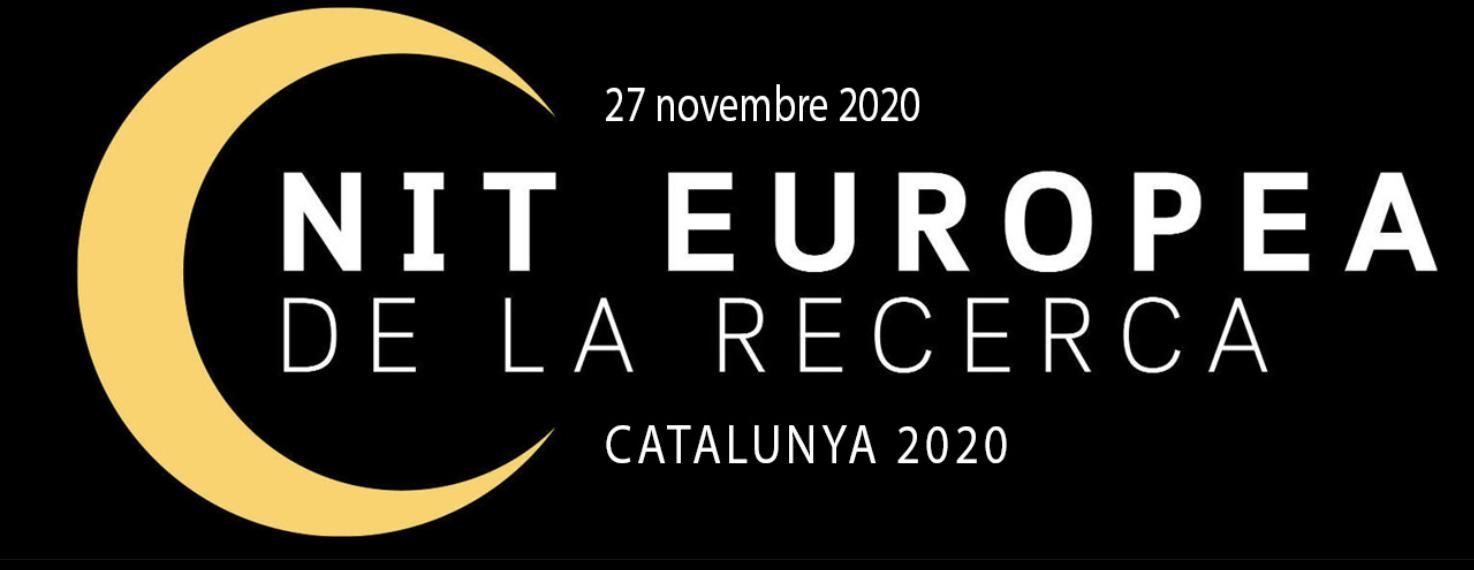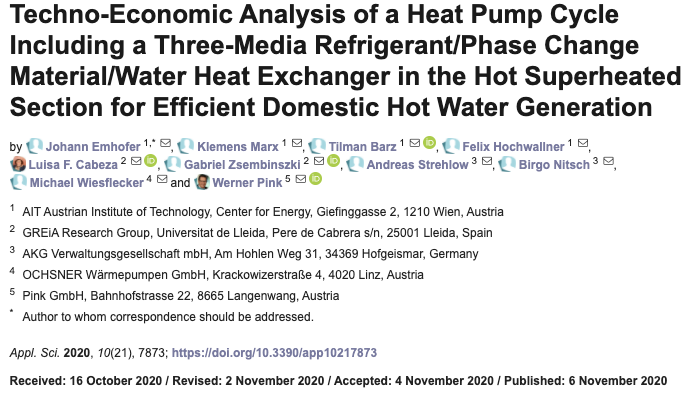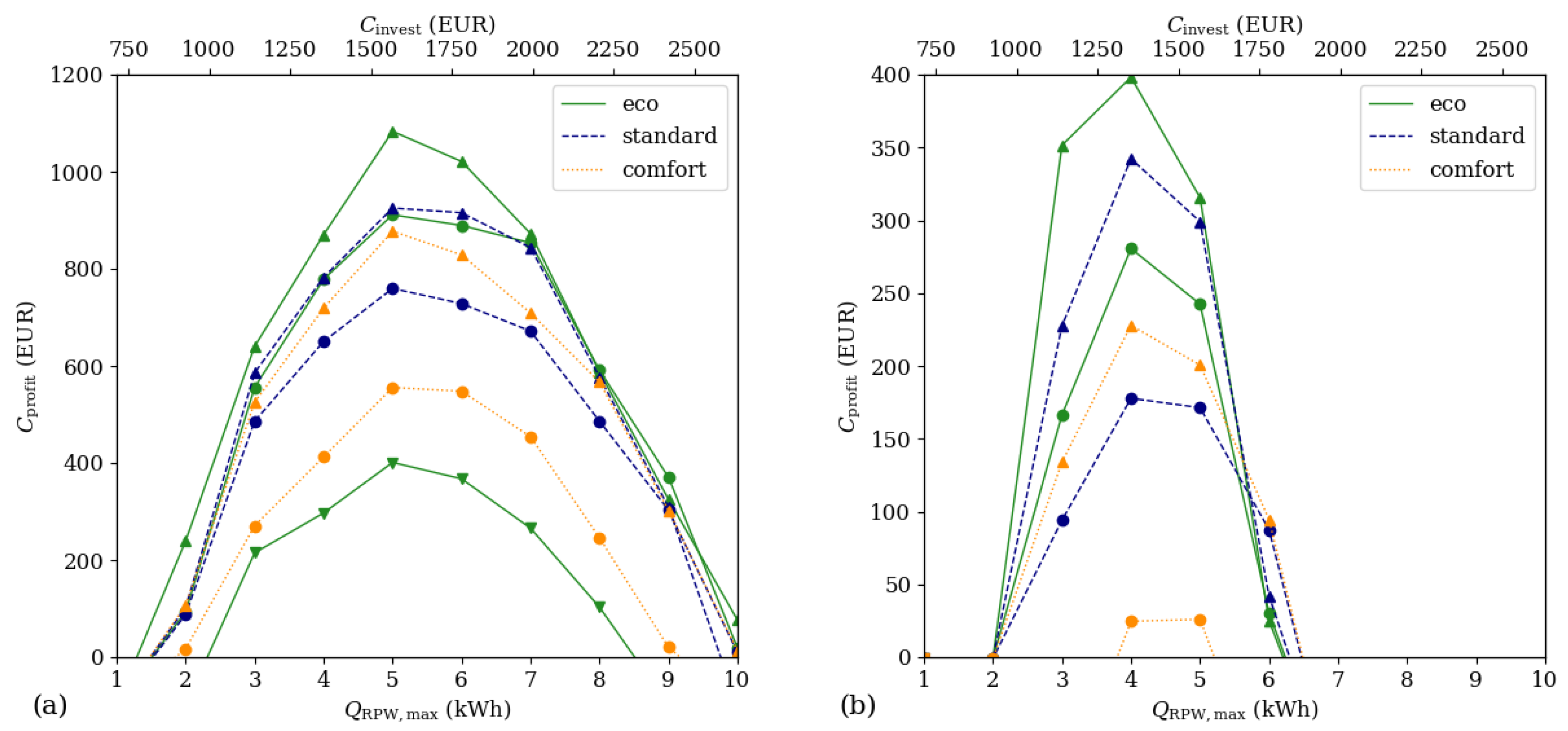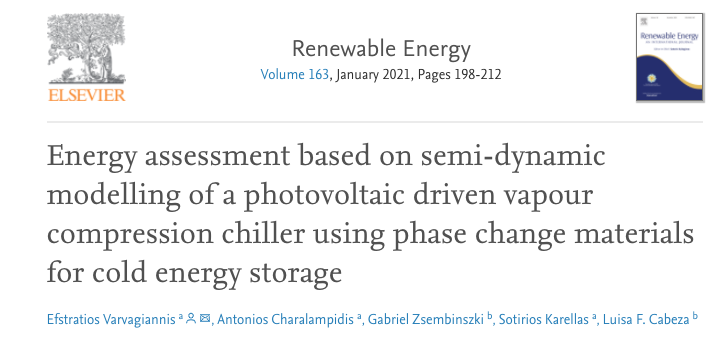A new HYBUILD public Report led by our partner CNR is now available on the Deliverables page of the website.
Executive Summary of the report:
The present work describes the activities performed to develop the prototype of the electric energy storage system of the HYBUILD project. The final purpose of the work done was to choose, test, and assemble the electric energy storage system.
The first action performed was to identify the behaviour of the use cases in realistic conditions, considering a wide range of operation. To this aim, the two Mediterranean and Continental systems were considered. In particular, the optimized behaviour for summer conditions (Mediterranean HYBUILD solution) and winter conditions (Continental HYBUILD solution) were taken into account. In the Mediterranean system, the electric storage mainly serves the vapour compression heat pump for cooling production, whereas in the Continental system the electric storage serves the vapour compression heat pump for heating production. Furthermore, in the Mediterranean system, DHW is mainly produced directly from solar or through a back-up, whereas in the Continental system DHW production is obtained through the RPW-HEX accumulating condensation heat of the heat pump during its operation. In both cases, therefore, no extra operation of the heat pump for DHW was considered. A 4.5 kWp system was considered for the Mediterranean solution and a 6 kWp one for the Continental case. This is due to different size of case studies, since the Mediterranean HYBUILD system is intended for a single-family house, while the Continental solution is intended for multi-family houses with 2-3 apartments with shared renewable energy production. Cyprus solar irradiation profile was used for the Mediterranean case and Bordeaux for the Continental one.
The worst-case scenario was considered for testing: in the Mediterranean case, a day in July (high cooling demand), determines an electric consumption of the heat pump of 1.5 kW, corresponding to a heat pump with 5 kW cooling capacity and EER=3.3 (thanks to operation in combination with the sorption module). In the Continental case, a typical winter day was selected, corresponding to very low irradiation and therefore a lower production from the PV field but a higher demand from the user.
After definition of the applications, a selection process among most performing electric storage technologies was performed. In particular, attention was immediately focused on Lithium-ion batteries due to guaranteed performances. Lithium ion batteries offer countless advantages over other types of electrochemical storage such as:
- very high specific energy (Wh/kg) achieving considerable weight and space savings;
- low internal resistance, allowing them to achieve higher currents, therefore charges and discharges at high c-rates, and making them suitable for high power applications;
- limited self-discharge rates, making them the best solution for long-term energy storage;
- no memory effect;
- high lifetime, especially for some specific chemistries;
- high open-circuit voltage (typical values of 3 – 4 V except for lithium titanate where the cell voltage is in the 1.5 V – 2.7V range);
- relatively flat discharge curves (Voltage – SoC) in a wide range of SoCs.






